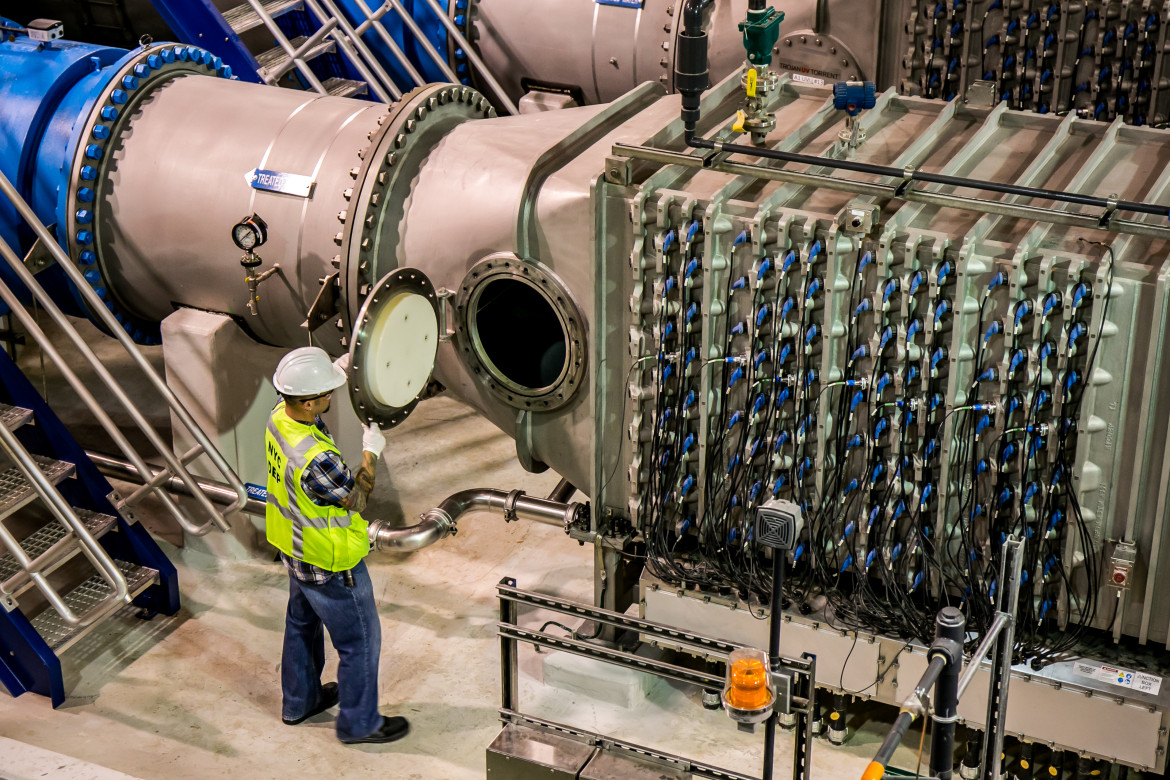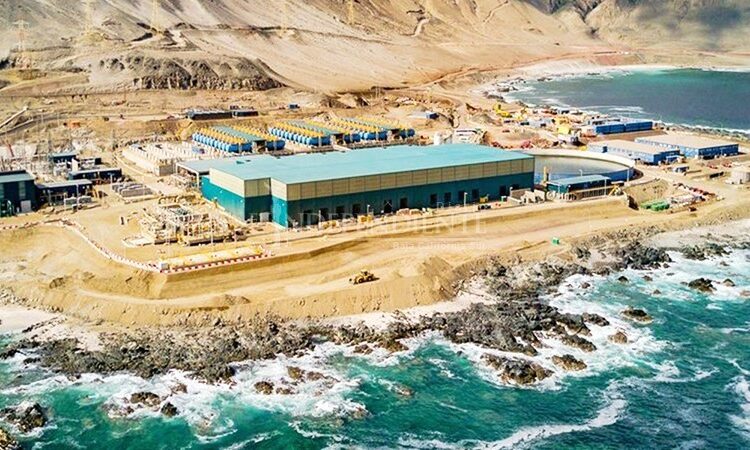Have you ever wondered what the future of water management looks like? Imagine a world where every drop of water is tracked, optimized, and managed through cutting-edge technology. The Digital Wave in Water Management
This isn’t science fiction; it’s the reality we’re stepping into, thanks to the digital revolution and how the integration of IoT, Big Data, Cloud Computing, and AI in water management is happening.
How are these technologies reshaping our approach to water? Let’s dive in.
More Than Just Connectivity in Water Systems
Think about the last time you encountered a water leak at home. Frustrating, right? Now, imagine if we could detect and address these issues instantaneously. That’s the power of IoT in water management.

By connecting sensors across a water system, we gather crucial data in real-time. But what does this mean for everyday water use? How does this technology help us conserve water more effectively?
In California, farmers are using IoT-based smart irrigation systems that employ soil moisture sensors. These sensors provide real-time data on the moisture levels of the soil, enabling farmers to optimize their watering schedules.
Such systems can reduce water usage by up to 60% while increasing crop yields. This is crucial in areas like California, where water scarcity is a significant issue.
Another example of this is Managing Water Resources in Smart Cities like in South Bend, Indiana, the city implemented an IoT solution to manage its wastewater systems more efficiently. The system uses sensors to monitor sewer water levels and flow rates.
This approach has helped the city prevent overflows and reduce the cost of wastewater management, saving the city an estimated $100 million in infrastructure costs.
How Big Data is making each drop counts.
Data is often called the new oil, but in water management, it’s more like the new water. Every day, our smart systems generate a massive amount of data. But how do we make sense of it all? This is where Big Data comes in.
It’s not just about collecting data; it’s about interpreting it to make smarter decisions. Such is the case for Predictive Maintenance in Water Infrastructure in New York City.

The use of Big Data analytics in water infrastructure has enabled the city to move from reactive to predictive maintenance. Sensors collect data on the condition of pipes and pumps, which is then analyzed to predict potential failures.
This approach has significantly reduced unexpected breakdowns and water service interruptions, saving costs on emergency repairs and ensuring a consistent water supply.
Cloud Computing as the Backbone of Water Management
Cloud Computing might sound techy and intangible, but its impact on water management is profoundly concrete. By storing and accessing data on the cloud, we gain flexibility and collaboration like never before. And what about AI in the Water Management?
When we think of AI, we often picture robots and sci-fi movies. But in water management, AI is a game changer. From predicting pipe failures to optimizing treatment processes, AI is our smart ally. But how does it actually work? Can AI really predict the future of water usage?

In Las Vegas, the water utility uses AI algorithms to analyze data from sensors in the water network. This AI system assesses the likelihood of pipe bursts by considering factors like pipe age, material, and pressure changes.
This predictive analysis helps in preemptively repairing or replacing high-risk pipes, significantly reducing water loss due to bursts and saving on costly emergency repairs.
How do all this work together?
So, we have all these technologies, but how do they work together? Integration is key. It’s like an orchestra where every instrument plays a vital role in creating harmony. In water management, integrating these digital solutions leads to an end-to-end efficient water cycle.
It’s clear that the future of water management is not just about technology; it’s about sustainability, efficiency, and innovation. We’re not just transforming how we manage water; we’re reimagining our relationship with this vital resource.




